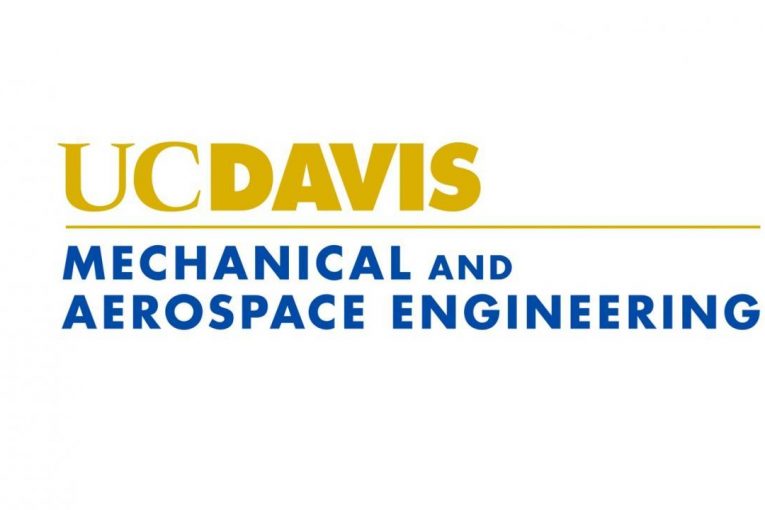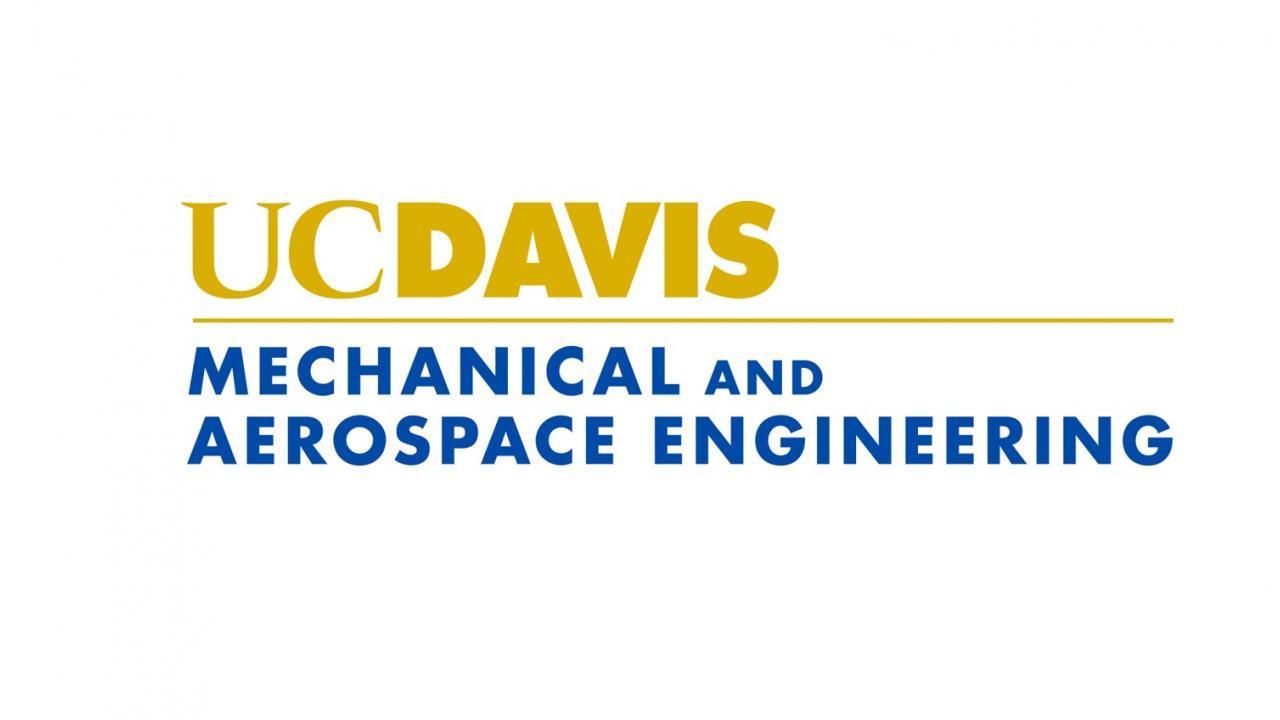
 By Diana Zhu
By Diana Zhu
DAVIS – On Thursday, the Department of Mechanical and Aerospace Engineering at UC Davis held a webinar through Zoom, led by Dr. Cristina Davis, Chair of Mechanical Engineering at UC Davis.
Dr. Davis discussed how the works of her research team in interface of mechanical design, data analytics and chemistry designs are implementing cutting-edge chemical sensor systems.
Those systems could enable trace chemical detection in challenging environments and solve real-world problems or at least provide better technology to find out what tools are needed to do so.
Dr. Davis’ team of specialists have been working on finding a non-invasive way to analyze breath, and in her presentation, she explained, “We breathe in oxygen, and we breathe out carbon dioxide, but there are many other chemicals that are in our exhaled breath that are miscalculated, and they come from the biological activity in our body, which is relevant to whether or not we have a disease, whether or not we have a condition, or if we’ve had an exposure to something.”
She continued, “That information is potentially diagnostic, and we’re breathing it out all the time anyway. If we can figure out a way to capture and analyze it, then that has real potential value.”
Dr. Davis emphasized how lucky she feels to be able to work with such a capable team of collaborators, including the engineers, medical doctors, chemists, physicists and computer scientists, particularly naming Division Chief of Pulmonary, Critical Care and Sleep Medicine at UC Davis Nicholas Kenyon.
She also mentioned Michael Schivo, M.D., M.A.S. at the UC Davis Medical Center in Sacramento.
Kenyon and Schivo have been working together on breath analysis and similar research for almost 15 years now.
“We just happened to be in the right place at the right time to start thinking about how our technologies can apply to COVID-19 and that work is still in progress,” Dr. Davis said.
Dr. Davis gave a brief history of breath analysis and how this practice has evolved before. She spoke on how modern-day breath analysis focuses on finding chemicals present at extremely low concentration levels in complex biological backgrounds, making advancement in the field difficult.
Because of this, device and sensory breakthroughs and improvements are greatly needed to overcome non-invasive diagnosis inefficiencies.
Davis also explained how her team drew influence from the popular sci-fi show “Star Trek” and how the show inspired them to find ways to get answers.
She said, “[The results] very noninvasively, and quickly, give an answer. And it doesn’t set out a big graph that you have to interpret. It actually tells you: green, yellow, red. It actually shows you what the results are. So, these are some of the things that we aspire to when we are talking about the work in this field.”
Dr. Davis then spoke on the research the team has done and how their advancements could change.
She mentioned how practitioners can more efficiently diagnose and monitor patients, how police can better analyze drug detection in-breath and how doctors can be able to find out how to treat a patient who has overdosed and does not have the ability to speak.
Thanks to Dr. Davis and these incredible collaborative efforts between an appreciable number of specialists from many fields on breath analysis, their work will soon impact how the public can receive data.